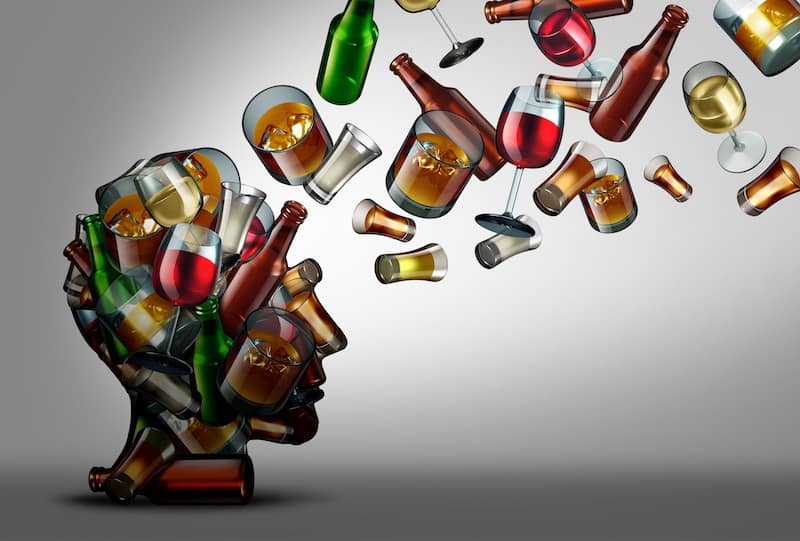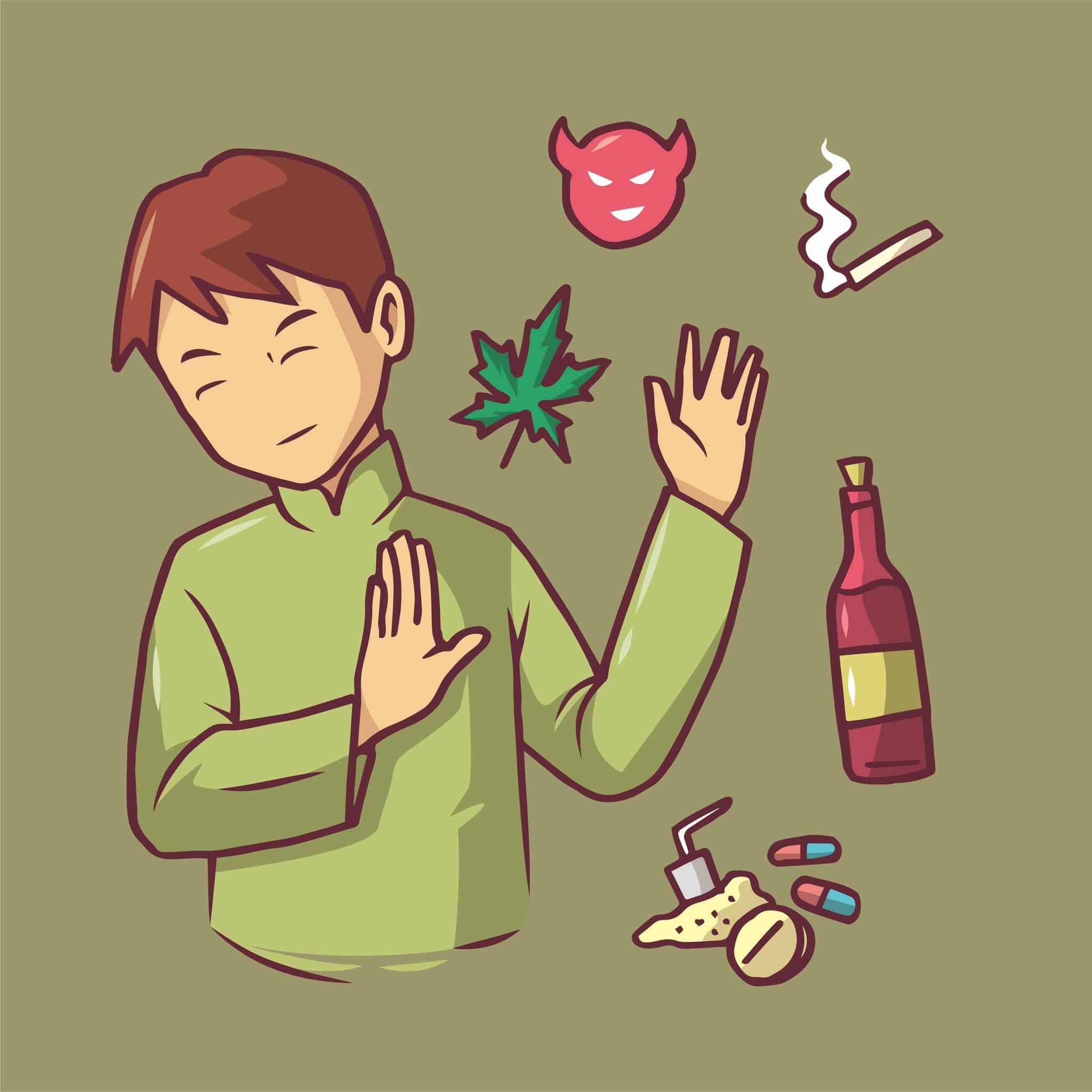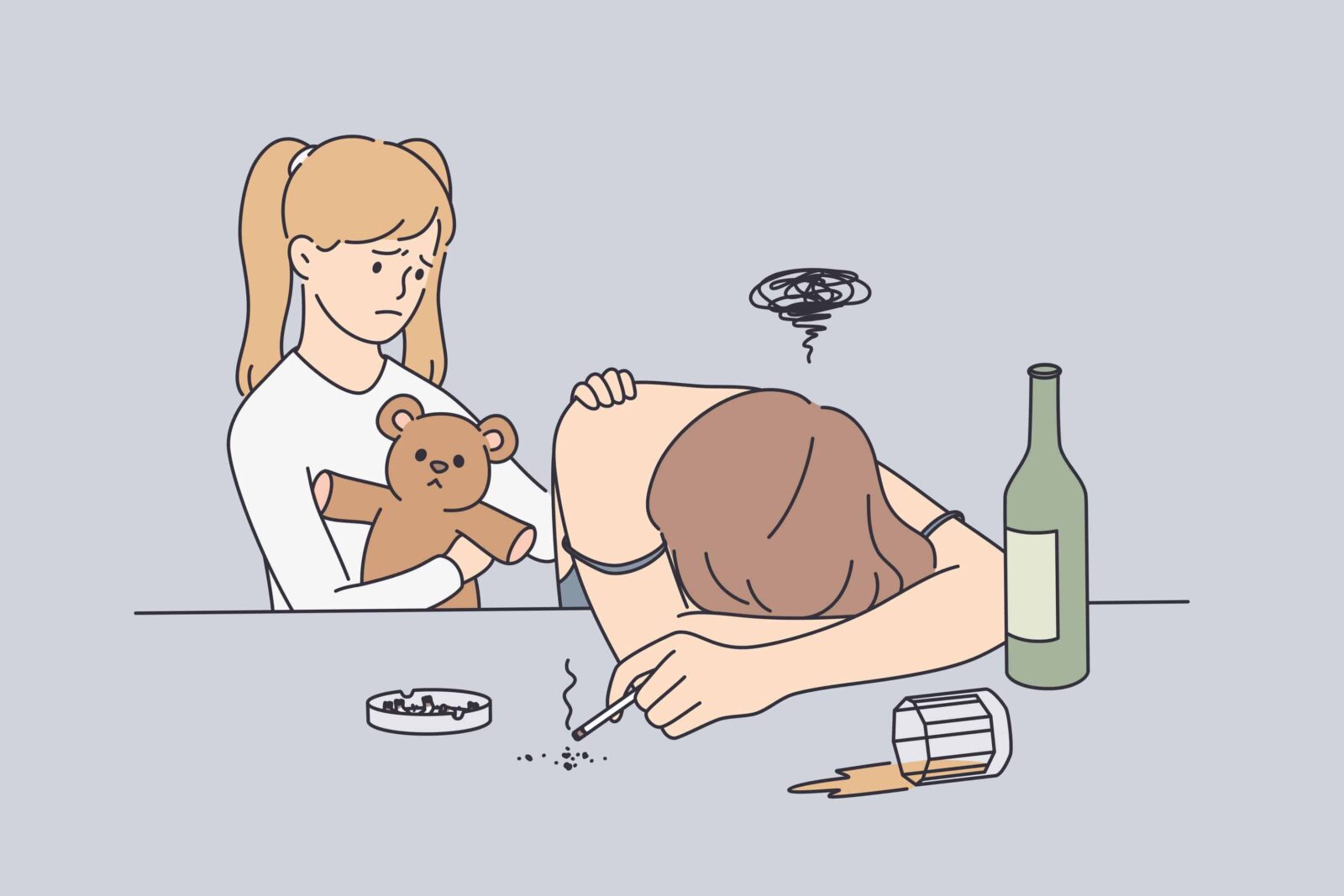What Are Drug And Alcohol Cravings?



When you crave drugs or alcohol, you have the desire to use again.
Drug and alcohol cravings, although a jarring experience, can be a normal part of recovery. Cravings do not occur because of something you have done wrong. You may experience cravings as soon as you stop drinking or using drugs or years into sobriety.
Cravings can be a part of withdrawal symptoms, a response to certain stimuli, or an automatic thought when faced with troubles, such as intense emotions.
Cravings are born in the brain. For example, when you are struggling with drug or alcohol dependence, your brain and body begin to rely on substances to feel normal.
However, when you go through drug or alcohol withdrawal during the detoxification process, the suppression of certain neurochemicals makes the brain demand more substances so it can reach homeostasis, its new normal state of functioning.
Memory plays a significant role in cravings caused by stimuli or automatic thoughts. When you struggle with substance use disorder (SUD) or alcohol use disorder (AUD), your brain is rewarded with dopamine.
After you stop using drugs or drinking alcohol, your memory still associates substance use with the “flood” of reward. When something triggers those memories, your brain begins to crave drugs or alcohol.
Drug and alcohol cravings are highly subjective. The how, when, and why they are experienced will vary from person to person. However, one thing is constant: overcoming cravings is essential to avoiding relapse.
According to the Substance Abuse and Mental Health Services Administration (SAMHSA), medication-assisted treatment (MAT) is the use of medications combined with therapy to “provide a “whole-patient” approach to the treatment of substance use disorders.”
Medications used in MAT are approved by the Food and Drug Administration (FDA). Along with therapy, MAT programs used in addiction treatment function to meet the specific needs of each individual.
MAT is primarily used to treat opioid addiction but can also treat alcohol addiction. The medications used in MAT normalize brain chemistry, block the euphoric effects of alcohol and opioids, relieve cravings, and normalize body functions.
The FDA has approved several different medications for MAT, including:
Alcohol use disorder medications: Acamprosate, disulfiram, and naltrexone are the most common medications used to treat AUD.
Opioid use disorder medications: Buprenorphine, methadone, and naltrexone treat opioid use disorders to short-acting opioids such as heroin, morphine, and codeine, as well as semi-synthetic opioids like oxycodone and hydrocodone.
MAT medications aren’t just used to treat SUD and AUD. Naloxone is an FDA-approved medication used to prevent opioid overdose by reversing the effects of the overdose.
These medications are used in various forms and may even be combined:
While many people have concerns about using medications to treat SUD, MAT is proven to be effective.
According to SAMHSA, “MAT provides a more comprehensive, individually tailored program of medication and behavioral therapy that address the needs of most patients.” MAT can be used to help those with SUD recover while not having to focus on withdrawal or cravings.
MAT has been shown to:
MAT is used in treatment facilities across the country as part of an effective treatment plan during the detox stage and beyond.
If you don’t want to take medications to treat your drug or alcohol problems, there are other treatment options for craving reduction and relapse prevention.
While MAT is proven to be effective, some people have problems taking medications to help them stop drinking alcohol or using drugs. This may be for a variety of reasons.
Firstly, medications used in MAT should be closely monitored by a healthcare professional. Some people do not want to have to regularly see a doctor for refills, check-ins, and the tapering process if they were to decide to get off the medication.
Others may not want to experience the possible side effects of medications. Even though MAT medications are regularly used to treat drug and alcohol misuse, they are medications and pose a risk of side effects.
Lastly, many people worry about the potential of MAT medications being abused. While those who are not addicted to opioids or alcohol may be able to feel euphoric effects from MAT medications, those who have a high tolerance will not.
According to the National Institute on Drug Abuse (NIH), the dosages used for MAT medications do not get people high.
However, some people may still be uncomfortable taking medications in their recovery — this is okay. For those who do not want to take medications, there are other options to aid in the recovery process.
Triggers are people, places, and things that remind you of using drugs and drinking alcohol or the lifestyle that accompanied your addiction.
Triggers vary in severity for different people. For some people, they are fleeting intrusive thoughts, while for others, they create an overwhelming feeling that they need to escape.
When someone has a problem with using drugs or drinking alcohol, when something triggers the need to escape, they may engage in drug or alcohol abuse.
In recovery, this need to escape can trigger cravings. Your first thought when experiencing something distressing may be to use drugs or alcohol instead of finding other ways to cope.
There are two types of triggers:
Internal triggers: Internal triggers often include emotions, thoughts, and memories
External triggers: External triggers often include people or places
Emotions are one of the most common internal triggers. Many people turn to alcohol or drug abuse to cope with intense emotions such as sadness, anxiety, overwhelm, and more.
However, when you take away the drugs and alcohol, those feelings are still there. While a treatment program can help you find healthy ways to cope with those feelings, you may still have automatic thoughts of using substances to feel better.
Thoughts can also trigger cravings. Random intrusive thoughts such as “A cold beer on a hot day sounds nice” can quickly turn insidious, having you thinking about alcohol non-stop.
Painful memories can also quickly trigger that feeling of needing to use drugs or alcohol. When you experience a memory, you may find that complex emotions and thoughts occur. As a result, you may feel the urge to cope with the memory by using drugs and alcohol.
External triggers can also lead to internal triggers.
Examples of external triggers include:
The most effective way to overcome cravings caused by triggers is to learn to identify your triggers and overcome them.
Identifying triggers starts with identifying symptoms in your brain and body. For example, when triggered, you may experience a tightness in your stomach and experience increased thoughts about how using drugs or alcohol might make you feel better.
When you can identify how a trigger makes you feel, you can identify the situations in which you feel triggered.
Once you know what triggers you, you can work on coping strategies that help you get through your triggers and cravings without relapsing. A healthcare provider in a treatment facility can help you develop coping strategies.
Common coping strategies used to overcome triggers may include:
Support groups are commonly used to aid in the recovery process and can be used as a tool to overcome drug or alcohol cravings.
Support groups, such as 12-Step groups like Alcoholics Anonymous or Narcotics Anonymous, are widely used tools for people recovering from SUD or AUD. These programs were created using guidelines to help people overcome their drug or alcohol problems.
The 12-Step model provides support, encouragement, and accountability for people who want to overcome their problematic using or drinking behaviors.
Part of participating in 12-Step programs is attending meetings, finding a sponsor, and working the Twelve Steps. These actions help you meet various people and participate in actions that give you the support you need.
Your support system can provide you with tips and tricks for overcoming cravings. Many people in 12-Step meetings have been sober for years and have tried various methods for overcoming cravings.
In meetings, you may also hear strategies for overcoming cravings. As people share their experiences, strength, and hope, you can get the advice you need.
Common tools people in 12-Step programs use to overcome cravings may include:
While 12-Step groups help many people, they are not the only support group available to help those wishing to overcome addiction.
There are various other support groups available, including:

Your loved ones can also provide you with the support you need to overcome cravings.
Family support during the recovery process is shown to improve treatment outcomes. This is because your family can show up for you in ways other people may not be able to.
Your loved ones most likely know you better than anyone else. They have also most likely experienced the effects of your heavy drinking or drug-using habits.
When you experience cravings, an effective way to overcome them is to “play the tape through.” This means examining your using and drinking behavior for what it really was.
When you have cravings, it can be easy to fall into the trap of reminiscing on the “good times” of addiction. However, remembering where your addiction led you can help you remember that staying sober is the best option.
Playing the tape through may seem challenging to do on your own; your loved ones experienced your addiction too and can help remind you of where drug and alcohol misuse took you and where you are now.
While your loved ones can help you overcome cravings, they may also struggle with overcoming what happened during your addiction. This is where family therapy can help.
Family therapy can help you and your loved ones overcome hurts and resentments so they can provide the best support possible during recovery.
Family therapy can also:
While support groups and family support are great ways to overcome cravings, you can also practice acceptance, distract yourself, exercise, or practice mindfulness.
Acceptance is a significant part of recovery in general but can also be used to help you overcome cravings.
When you experience cravings, the first thing you can do is accept that cravings are sometimes just a normal part of recovery. Everyone who has ever gotten sober has experienced cravings at some point.
Trying to suppress your cravings can just make the urge to engage in substance use stronger. Instead, accept that having cravings does not mean that you have done anything wrong, that you’ve failed, or that your recovery is going to fail.
Once you have accepted your cravings, you can try to distract yourself.
Cravings will not last forever. However, the more attention you devote to them, the longer they will stick around.
Instead of entertaining your thoughts of drug or alcohol consumption, find other activities you enjoy. This may be drawing, journaling, going for a walk, reading, or anything else that requires concentration and attention.
You can’t think about two things at once, and you can’t force yourself to stop thinking about cravings. Instead, you can find something to absorb your attention.
If distracting your thoughts away from cravings doesn’t work, you can also try exercising.
Exercising is not only an effective distraction but can reduce anxiety and improve your mood. According to the Anxiety & Depression Association of America, exercise can decrease overall levels of tension, elevate and stabilize mood, improve sleep, and improve self-esteem.
Cravings can stem from intense emotions that your brain is trying to cope with. Instead of giving in to coping with drugs or alcohol, you can learn to cope with exercise. A simple 20-minute walk around your neighborhood can be effective in battling cravings.
Practicing mindfulness is also a common strategy to help you overcome your drug or alcohol cravings.
Practicing mindfulness requires you to take a step back and look at your craving. What does the craving feel like? Where do you feel it?
From there, examine the feeling without judgment and without feeling like you have to act on your thoughts. Then, see if the feeling moves to a different part of your body or changes completely. When you notice the feeling starts to subside, you can let it go.
Mindfulness gets easier the more you practice it. In order to effectively combat cravings, it may be best to practice mindfulness when you don’t experience cravings. That way, when you do, mindfulness becomes second nature.
Reducing drug and alcohol cravings starts with finding new ways to cope in a treatment facility. Sandstone Care is here to support teens and young adults with substance use and mental health disorders. Call (888) 850-1890.